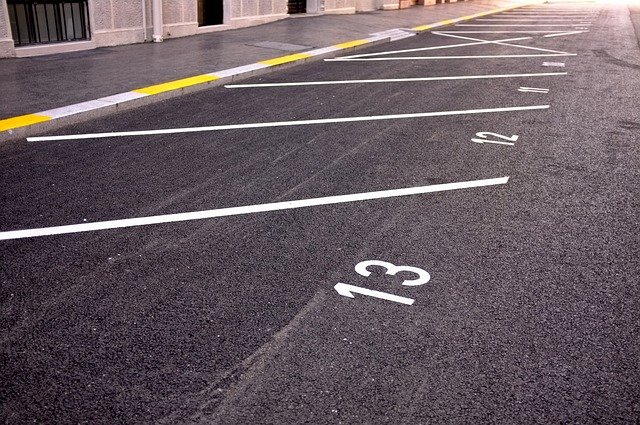
About Us
We’re dedicated to making asphalt project planning simpler, more accurate, and stress-free. Our team of asphalt industry experts and software engineers has developed precision tools that take the guesswork out of estimating costs, materials, and maintenance for all your asphalt needs.
Founded in 2024, we recognized that homeowners, property managers, and contractors often struggle with accurate calculations for asphalt projects. What began as a simple driveway calculator has evolved into the comprehensive suite of specialized tools you see today.
Our calculators are regularly updated with current material costs and best practices, ensuring you always receive the most accurate estimates possible.
Whether you’re planning a new driveway, managing commercial properties, or running an asphalt contracting business, we’re here to provide the reliable calculations you need to make informed decisions.
Why to Use Our Calcultors
Save Time & Money. Stop guessing about material quantities or project costs. Our precise calculators help you order exactly what you need, avoiding expensive overages or frustrating shortages that delay your project.
Professional-Grade Accuracy. Developed and tested by industry professionals with decades of combined experience, our calculators use the same formulas and variables that asphalt experts rely on daily.
Make Informed Decisions.
Compare options side-by-side, understand maintenance timelines, and see the long-term value of different choices before committing your time and budget.
Plan With Confidence. Whether you’re a DIY homeowner or a seasoned contractor, our easy-to-use tools provide clear, reliable results that help you plan projects with confidence.
Always Up-To-Date. Our calculators are regularly updated with current material costs and industry standards, ensuring your estimates reflect today’s market realities.
Tailored To Your Needs. From specialized residential driveway calculators to commercial parking lot tools and professional-grade technical calculators, we offer solutions for every asphalt project requirement.
Our Calculators Categories
Latest Articles
- 1
- 2















